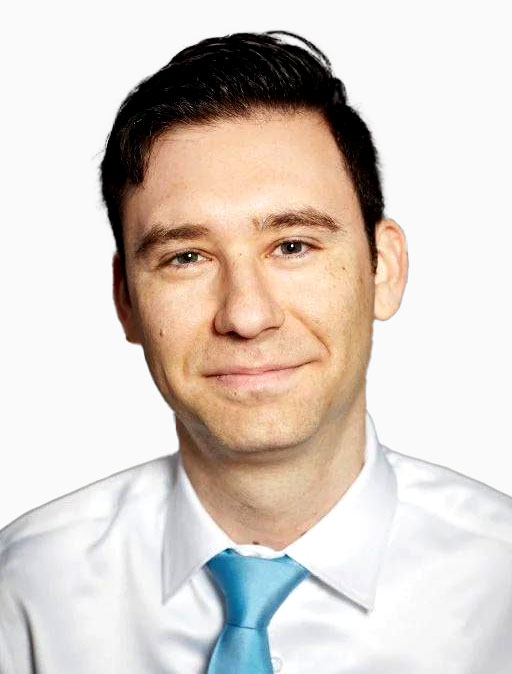The importance of indirect ophthalmoscopy in the age of digital imaging
Webinar with Dr. Mark Eltis, Optometrist (Canada)
Dr. Mark Eltis (OD) discusses medical and legal aspects of retinal examination with various diagnostic procedures from a Canadian and U.S. perspective in this 2024 recorded webinar.

With twenty years of experience, Dr. Mark Eltis has practiced optometry in New York, California and Toronto. He is a graduate of the University of Waterloo School of Optometry and has been a part-time lecturer there for over a decade. Dr Eltis is also a Fellow of the American Academy of Optometry and a Diplomate of the American Board of Optometry. He has been a consultant for academic institutions overseas, law firms, and a subject matter expert for competency evaluations.
In 2023, Dr. Eltis was appointed as the first Canadian Ambassador for the American Board of Optometry and subsequently appointed to the board of directors. Dr. Eltis has served as an examiner for national licensing assessment in both Canada and the United States. He has presented and published internationally and has been sought as an expert on optometric issues for national television and print.
In this webinar you will learn:
- Why retinal imaging is not a substitute for a dilated fundus examination.
- Why dilation with the respective instruments is still the ‚gold standard‘ for retinal examination.
- In which cases Dr. Eltis performs the appropriate examinations.
In the second part of the webinar, Kristen Lindner (Vice President Sales & Marketing, HEINE Optotechnik Canada) will introduce the HEINE OMEGA 600 indirect ophthalmoscope and explain the key features of the instrument.
This webinar is aimed at all medical eye care professionals, including students of optometry and ophthalmology.
Dilated fundus examination with the indirect ophthalmoscope remains important, despite new imaging techniques
In optometry and ophthalmology, there have been many advances in imaging techniques in recent years that facilitate detailed examinations of the retina of the eye.
Despite the possibilities and popularity of state-of-the-art techniques such as optical coherence tomography (OCT), the dilated examination of the fundus of the eye with the indirect ophthalmoscope remains important for patients according to Dr. Mark Eltis.
Imaging procedures for the retina such as optical coherence tomography (OCT), conventional fundus cameras and optical wide-angle cameras should be used in combination with dilated fundus examination. According to Dr. Eltis, undilated wide-field imaging in particular should never be used as the sole option for all patients, as it does not meet the clinical standard of care (* in Canada and the US).
Canada and USA: Retinal imaging does not replace dilated retinal examinations
In the USA and Canada, case law has repeatedly ruled that imaging procedures are not a substitute for a dilated fundus examination. One of the main causes of litigation in eye care is the omission of a dilated pupil examination.
In the spotlight: HEINE OMEGA 600 indirect ophthalmoscope
Binocular indirect ophthalmoscopes (BIO) are used for dilated examinations of the fundus of the back of the eye. HEINE has developed the OMEGA 600 indirect ophthalmoscope with a special focus on enhanced ergonomics. The weight of the instrument including battery has been significantly reduced compared to the previous model. As a result, the instrument is now the lightest binocular indirect ophthalmoscope in the high-end segment worldwide.
For ease of use, flexibility, comfort and easy cleaning, the developers have also completely eliminated the need for external cables.
With visionBOOST, the OMEGA 600 has an exclusive feature that can be helpful when examining the back of the eye in the presence of a cataract in order to obtain a clearer fundus image. The visionBOOST function can lead to an improved view due to a higher brightness of up to 245% of the normal light intensity. Typically, the light intensity can be adjusted continuously from 3 to 100% for normal examinations.